lsFusion: Open-Source Rapid Application Development Platform
lsFusion platform is designed for rapid development of business applications. It is distributed under the terms of a Lesser General Public License (LGPLv3). The source code of the platform is available on Github.
lsFusion is best suited for creating complex systems with large numbers of entities and forms, where users need to input and process large amounts of data. However, the platform can also be used to quickly create simple applications instead of spreadsheets when Excel’s functionality is not enough.
At the same time the use of the platform will not give a great advantage when developing applications aimed at interaction with a large number of “external” users or without the need for any complex calculations. You should also take into account that the web interface is a single page application using JavaScript. Therefore, the lsFusion platform is not well-suited for creating websites, for example.
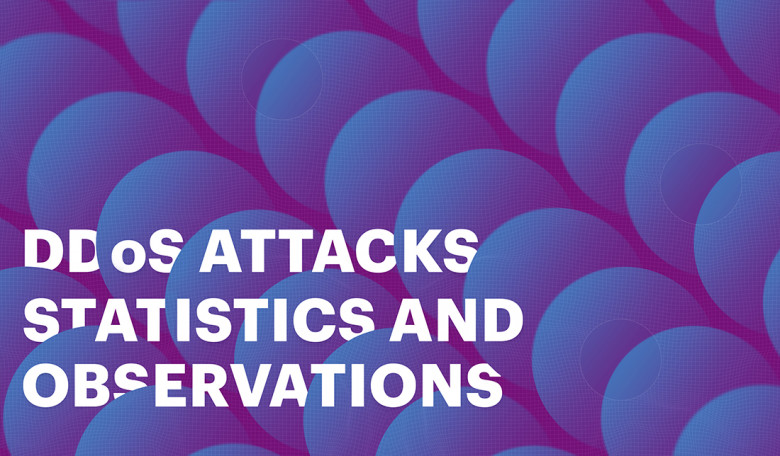
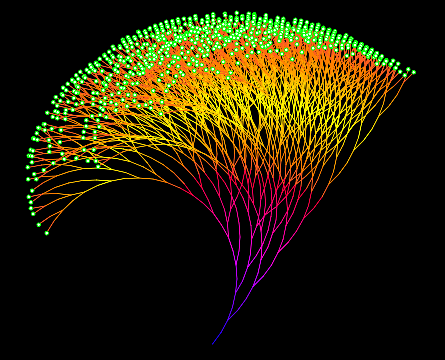
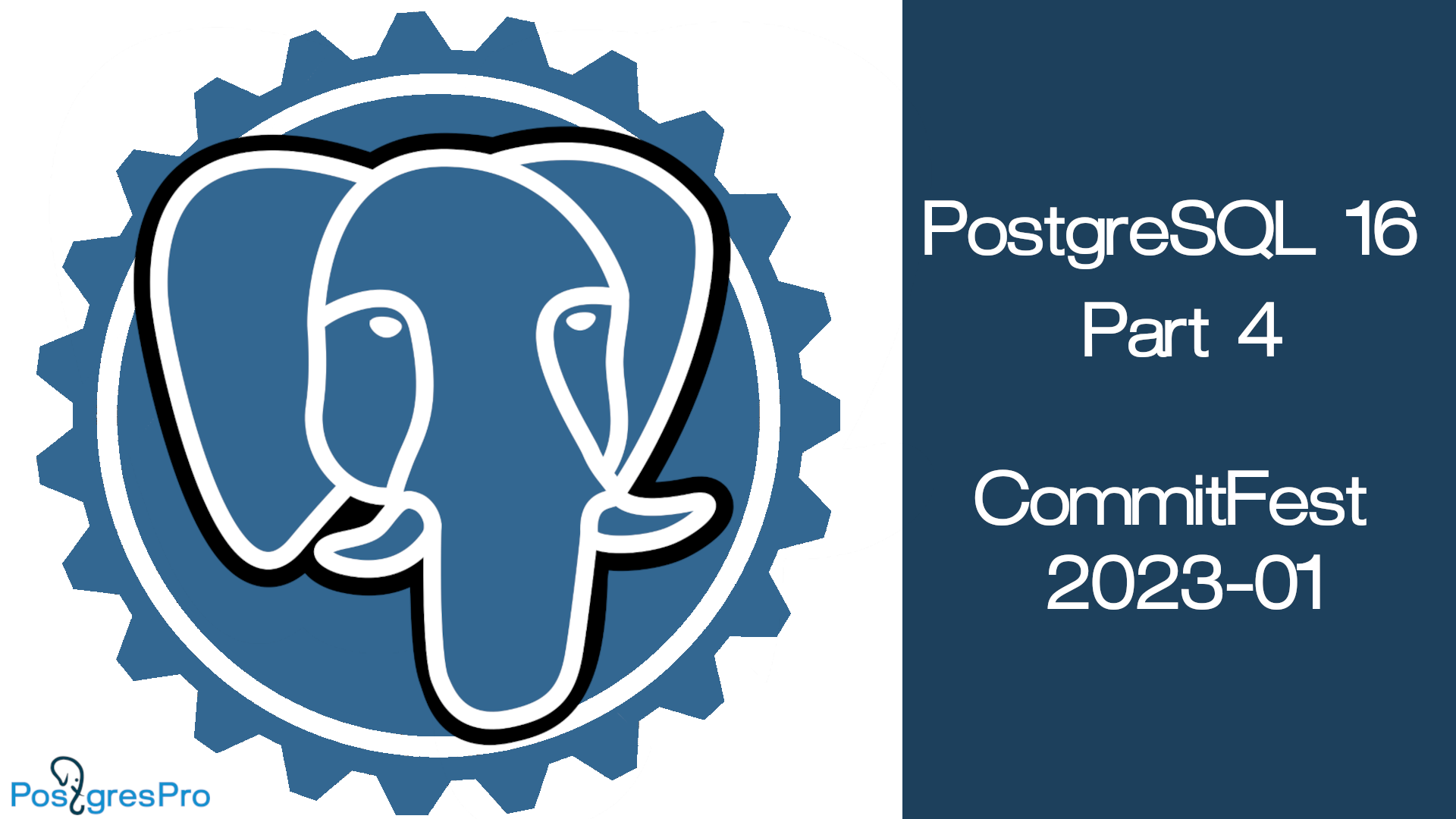






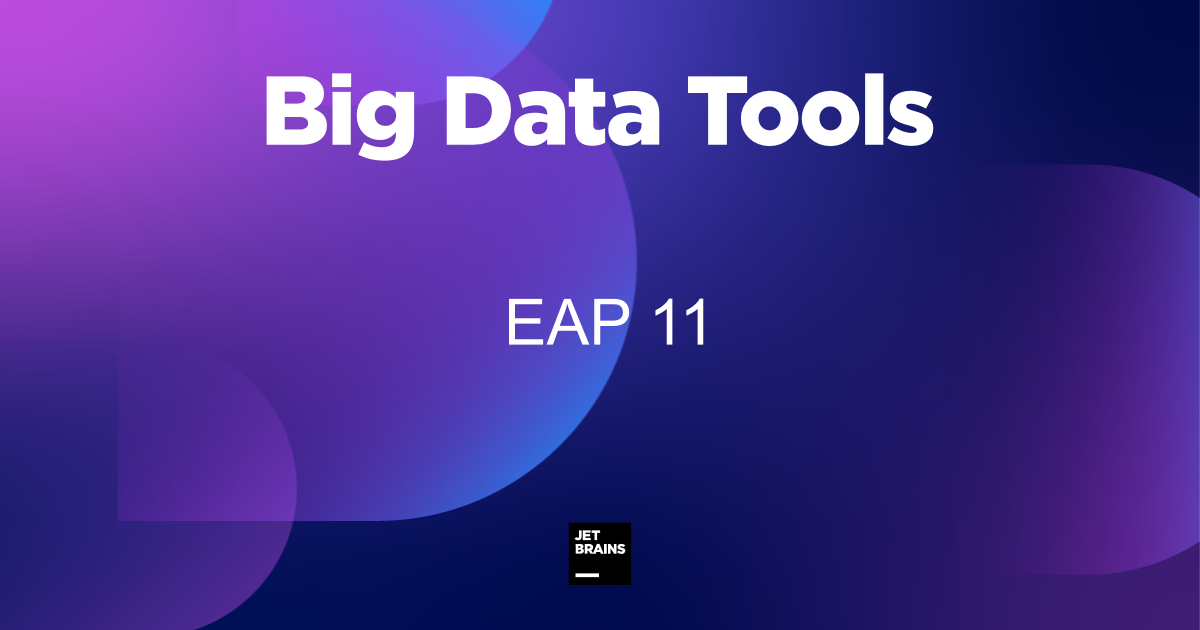


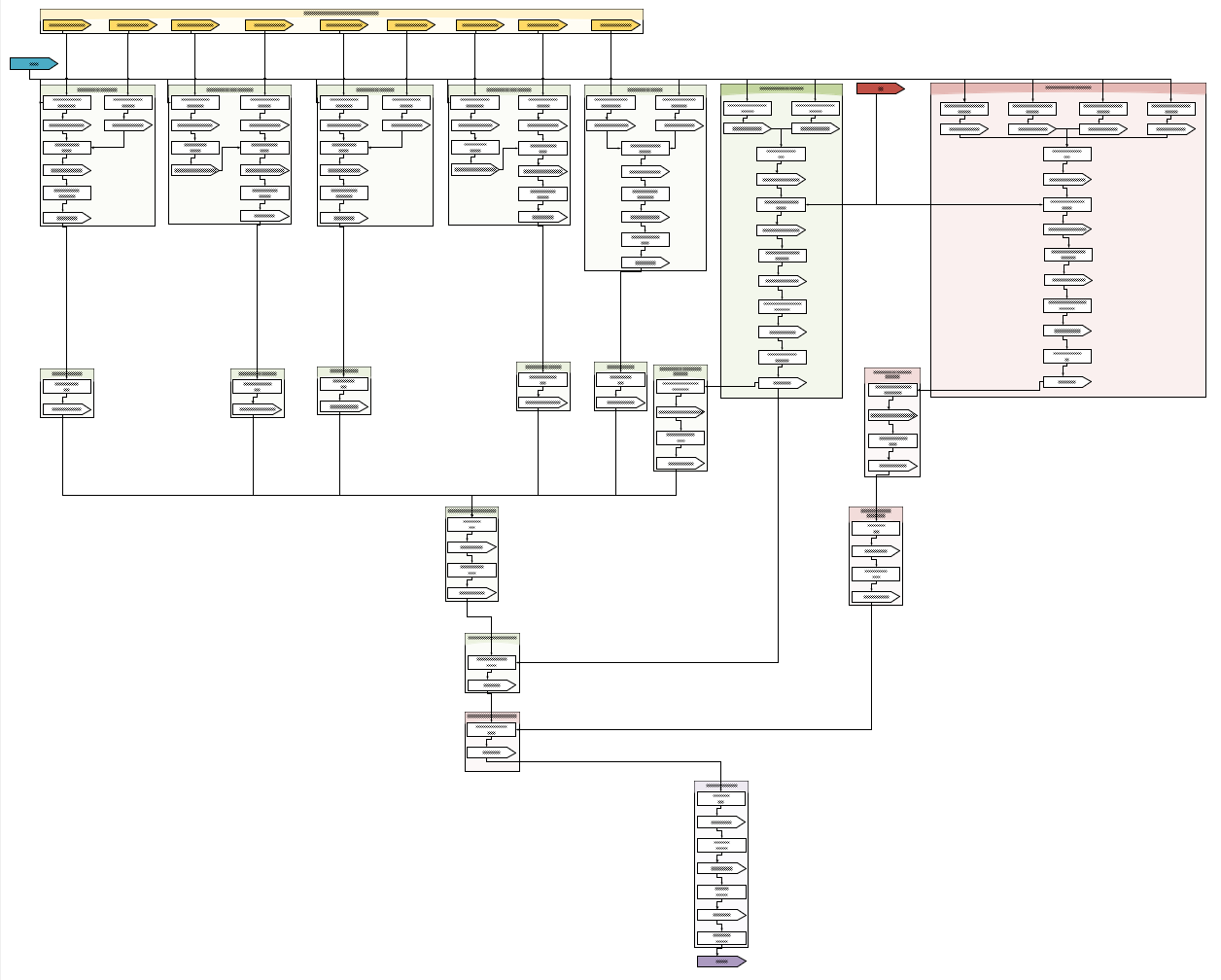

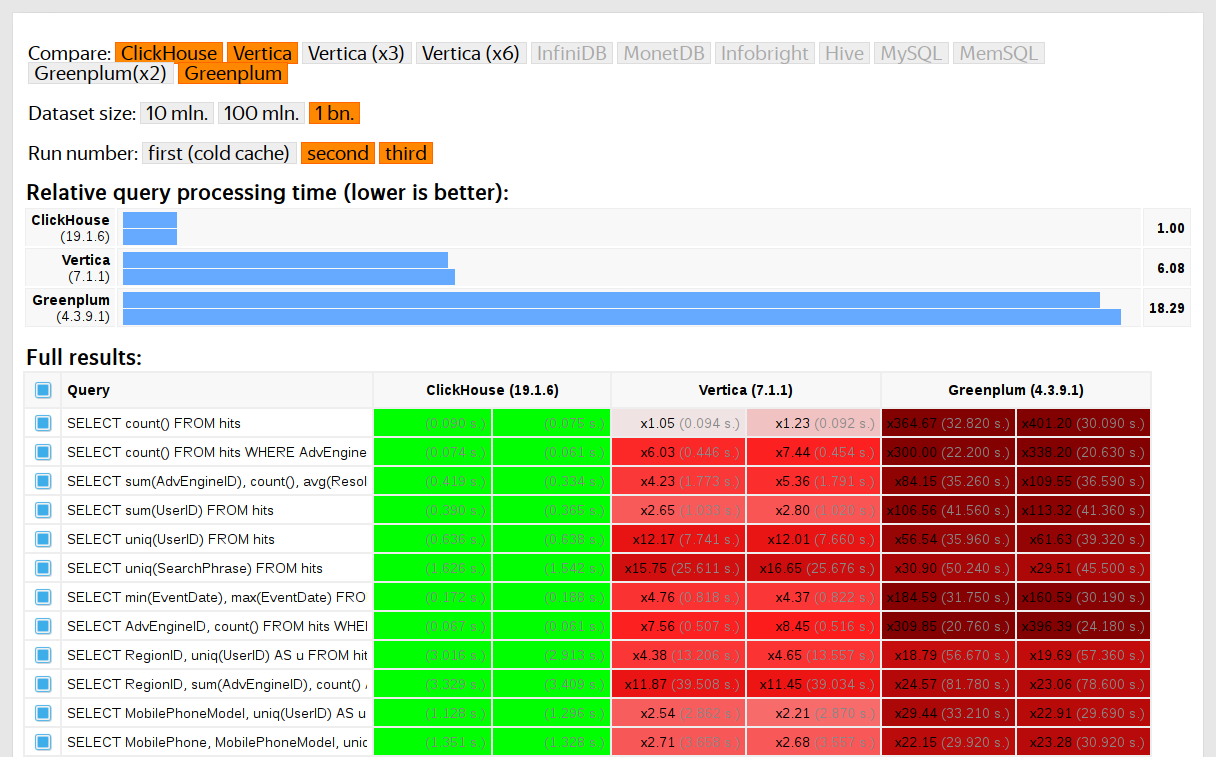
 It runs south and circles north, circling, circling to run with its wind
It runs south and circles north, circling, circling to run with its wind









